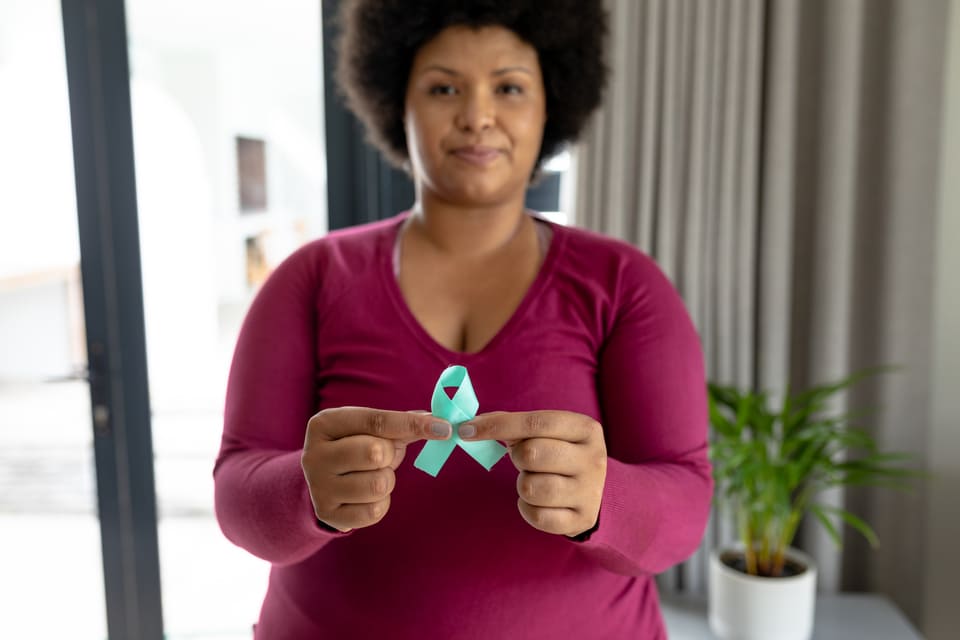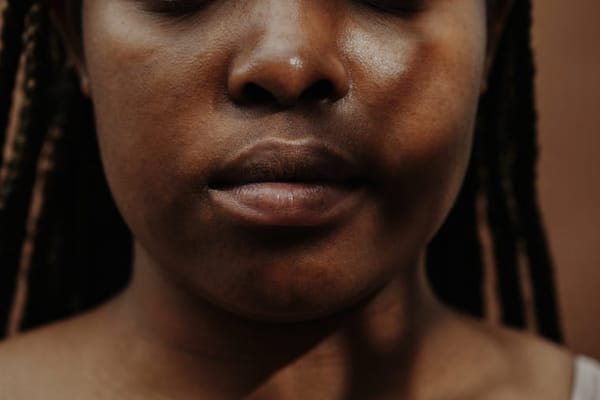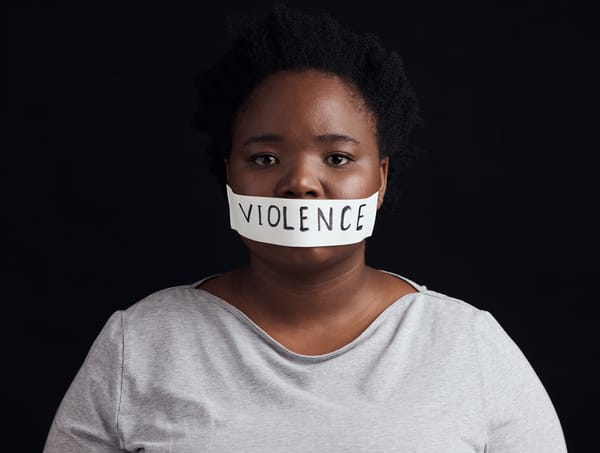Cervical Cancer: Jo’s Story and the Fight Against a Preventable Disease

Jo, a 35-year-old mother of 4, had recently started experiencing pelvic pain and bleeding in between her periods. This wasn’t normal to her and having recently been widowed, she attributed this to grief-related stress or maybe, her approaching menopause. Between work and kids, she didn’t have time to visit a hospital, so she pushed the issue to the back of her mind and went on with her life. Over the next year, her symptoms worsened. The pain became unbearable, and the bleeding was relentless. A concerned friend suggested she go for cervical cancer screening at their local hospital, where it was being offered for free.
Jo hesitated. What would people think of her if she went for the cancer screening? Cervical cancer was associated with promiscuity. Furthermore, she had heard rumuors about the screening process being painful. She was fearful that she would not be able to endure. What scared her most was the possibility of her testing positive for cervical cancer, knowing very well there was no cure. She decided to put it off and consoled herself that what she didn’t know couldn’t hurt her. The pain persisted and after days of procrastinating, she finally sought medical attention. Three weeks later, she was diagnosed with Stage 3 Cervical Cancer. Had she gone for a check-up earlier, the abnormal cells could have been detected sooner and treatment started. Jo’s story is a stark reminder of how late detection can lead to a fight for survival. But what if Jo had known the importance of early screening? Could her story have been different?
Jo’s story highlights a disease that women face- Cervical cancer, but are too scared and don’t talk about it enough. Cervical cancer is one of the few cancers that can be easily prevented, but it claims many lives yearly, especially in low-resource settings. Cervical cancer is primarily caused by persistent infection with the Human Papillomavirus. This is a cancer that affects the cells of the female cervix. Before the cancer appears, the cervical cells change, becoming abnormal and cancerous over time. Without timely intervention, the cells grow and spread to surrounding tissues, and their treatment becomes challenging.
Globally, cervical cancer is the fourth leading cause of death, but the mortality rates are higher in Sub-Saharan Africa, which accounts for almost 80% of the total. Each year there are hundreds of thousands of new cases reported globally. For example, according to the World Health Organization (WHO), in 2022, there were 660,000 new cases of cervical cancer, with 350,000 deaths reported. In Kenya alone, cervical cancer is the second leading cause of cancer-related deaths among women, after breast cancer. According to the Ministry of Health, approximately 5,250 new cases and 3,286 deaths were reported in 2022. Cervical cancer mortality is higher in low- and middle-income countries, a fact that is caused by limited access to screening tools, HPV vaccination and treatment options. And in cases where those are available, the patients may not have the finances to seek those services, leading to an increased disease burden.
Various risk factors predispose one to Cervical cancer. For example, women living with HIV are 6 times more likely to get cervical cancer as compared to those without HIV because of a weak immune system. Some other risk factors include early onset of sexual activity i.e. younger than 18 years, having multiple sexual partners, having a history of sexually transmitted infections or being younger than 20 years when giving birth for the first time. These are all HPV-related risk factors. Genetics and cigarette smoking are also factors that could lead to cervical cancer, but these are non-HPV related.
Jo experienced symptoms that should have alerted her earlier, but not knowing cervical cancer led to her ignoring the signs. These were pelvic pain and bleeding in between periods. The main sign is abnormal vaginal bleeding. Vaginal bleeding after intercourse, after menopause, between periods or periods that are heavier or longer than the norm should be investigated. Watery vaginal discharge with a strong odour, or one that has blood is also a danger sign. Although during the early stages, the cancer is asymptomatic, the above signs should be looked into immediately after they appear. After the cancer has advanced, the patient starts having painful bowel movements or urination, backache, fatigue, and swelling in the legs. It should be noted that these symptoms are not exclusive to cervical cancer, but they warrant immediate medical attention.
With all that in mind, cervical cancer can be prevented or treated, if detected early. The HPV vaccine is a preventive measure. Its effectiveness is usually higher if administered before onset of sexual activity (typically age 9-14), as possible exposure to the virus has not yet taken place. Both males and females should get the vaccine because men carry and spread the Human papillomavirus during sexual contact. Women who are sexually active can also get vaccinated, as there are different HPV strains. However, the effectiveness of the vaccine is lower. In Kenya, the HPV vaccine was introduced into the national immunization program in 2019, targeting girls aged 10–14. However, uptake has been slow due to misinformation and stigma.
In addition to that, lifestyle modifications such as avoiding smoking and practising safe sex can prevent HPV transmission. Women from the age of 30, should regularly go for screening every 5 to 10 years, to identify and treat any abnormality before it becomes cancer. For those who already have Cervical Cancer, there are available treatment options like surgery for early stages, and chemotherapy and radiotherapy for advanced stages.
Jo’s story highlights the stigma and misinformation surrounding cervical cancer. Many women delay seeking medical treatment due to fear or lack of information. Cervical cancer is a preventable and treatable condition. In Africa, increasing HPV vaccination rates, improving access to screening tools, and reducing stigma around the disease are important towards addressing this challenge. Let’s change the narrative by educating ourselves and our communities. Get vaccinated, schedule regular screenings, and encourage others to do the same. Jo’s story could have ended differently with earlier intervention. Together, we can create a future free from cervical cancer.
By Jackline Omongo, RHNK Youth Advocate

